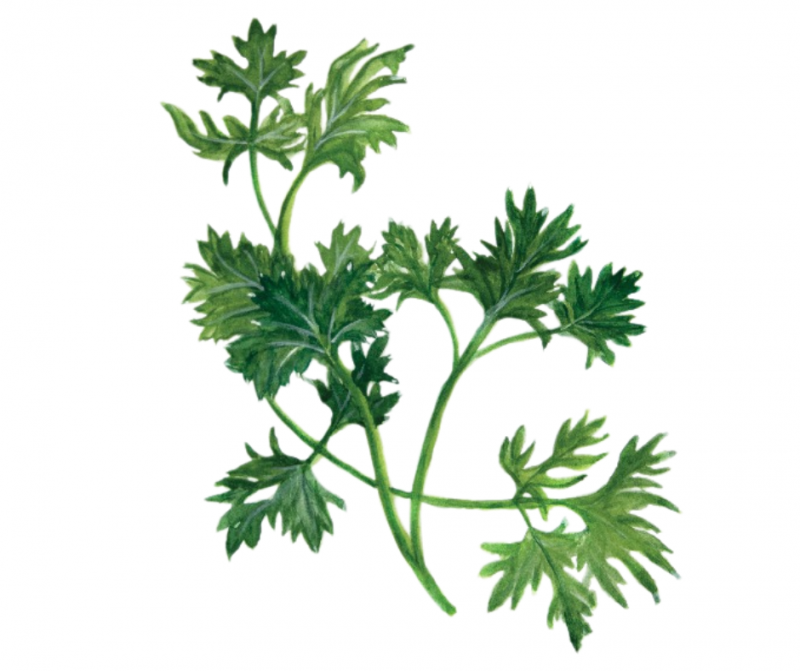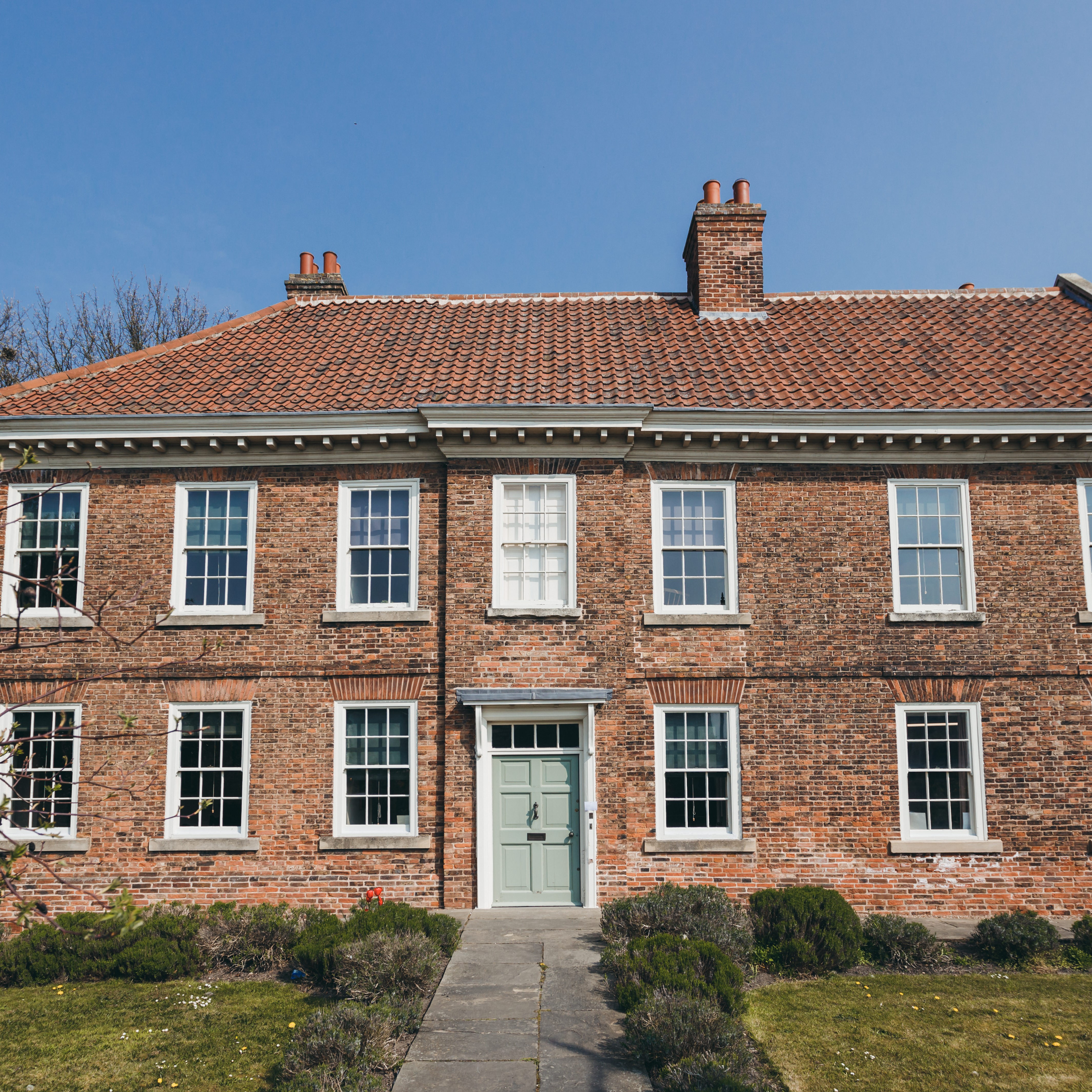The numbers listed under each plant are the number of the remedy as it appears in the 1780 edition of Primitive Physick.
Ground Ivy (Glechoma hederacea)
Ground Ivy is also known as ale-hoof due to its uses in brewing ale, or gill-go-by-the-ground, from the French, guiller, to ferment. It also has a reputation as a tonic for the kidneys and bladder. It has been used to treat kidney disease and has been used with success for cancer of the bladder.
Wesley’s recommendations:
229 – Stoppage in the Kidneys – Take a decoction of juice or syrup of ground-ivy morning and evening.
273 – Sharp Urine – Take two spoonsful of fresh juice of ground-ivy.
Other therapies
In the late 16th century, John Gerarde classed it as hot and dry and recommended its use primarily for tinnitus, eye problems and as a cleansing agent.
Elder (Sambucus)
The Elder tree has long been associated with magic and mystery. Much of these associations go back to before Roman times, implying that the Celts, Anglo-Saxons and Vikings were knowledgeable about the medicinal uses of this tree. It is known to have been used as food by Neolithic people and used for medicine by the Ancient Egyptians.
Wesley’s recommendations:
121 – The Gout in any Limb – Drink a pint of strong infusion of elder-buds dry or green, morning and evening. This has cured inveterate gouts.
240 – To dissolve white or hard swellings – Take white roses, elder flowers, leaves of fox gloves, and St John’s Wort, a handful of each mixed with hog’s lard and make an ointment.
Other therapies
Today Elderberry is classed as a diaphoretic (induces perspiration), and aperient (relieves constipation) but normalises the bowel for diarrhoea. Recently, however, there has been renewed interest in the use of Elderberry for the treatment of influenza.
“St Anthony’s Fire is a fever attended with red painful swellings, full of pimples, which afterwards turn into small blisters on the face or other parts of the body” – John Wesley suggested taking a decoction of elder leaves as a sweat . Today St Anthony’s Fire refers to ergotism or a poisoning from infested grains which causes burning, gangrene, convulsions and hallucinations.
Parsley (Petroselinum crispum)
Parsley has historically been used to treat urinary issues like kidney stones and infections.
Wesley’s recommendations:
122 – The Gravel (kidney stones) – Infuse an ounce of wild parsley seeds in a pint of white wine for twelve days, Drink a glass of it, fasting three months. To prevent its return.
Other therapies
Parsley is rich in many vitamins, particularly vitamin K, which is needed for blood clotting and bone health. It is also a great source of vitamins A and C — important nutrients with antioxidant properties. Additionally, it’s very low in calories yet packed with flavour, making it a great low-calorie ingredient for many recipes.
Onion (Allium cepa)
According to Nicholas Culpepper, onions were so well known the plant needed no describing. The uses were many and varied: to increase appetite and thirst, ease the bowels, help with bites from mad dogs or other venomous animals, get rid of worms in children and relieve coughs and help expel stuck or dry phlegm. Mrs Grieve, who wrote ‘A Modern Herbal’ in 1931, says that onions macerated in Hollands Gin are useful for treating gravel (stones in the urinary system).
Wesley’s recommendations:
225 – Stone (to prevent) – Slice a large onion, pour half a pint of warm water upon it. After it has stood twelve hours drink the water. Do it every morning until you are well.
227 – Stone (to ease or cure) – Take morning and evening a tea-spoonful of onions, calcined in a fire shovel into white ashes, in white wine. An ounce will often dissolve the stone.
Other therapies
A 1,000-year-old Anglo-Saxon treatment for eye infections, from the 9th-century was recently recreated scientists using onion, garlic and part of a cow’s stomach. They were “astonished” to find it almost completely wiped out methicillin-resistant staphylococcus aureus, otherwise known as MRSA. The remedy was found in Bald’s Leechbook – an old English manuscript containing instructions on various treatments held in the British Library.
Liquorice (Glycyrrhiza glabra)
Liquorice, a flowering plant of the bean family, has uses that date back to prehistoric times. In Egypt, it was used in traditional remedies, possibly used by Cleopatra, and is even thought to have been part of the treasures placed in King Tutankhamun’s tomb. The Greek, Hippocrates used it to treat ailments such as coughs and liver diseases.
Wesley’s recommendations:
228 – Stone in the Kidneys – Boil an ounce of common thistle root, and four drachums of liquorice, in a pint of water. Drink it every morning.
Other therapies
Today, researchers have identified its main active component, glycyrrhizin, which provides antiviral, anti-inflammatory, and antioxidant properties. Studies have shown that liquorice is effective in managing diabetes and hypertension due to its ability to affect blood sugar and pressure. Additionally, it is being researched for potential use in cancer treatments.
Agrimony (Agrimonia eupatoria)
The species name, eupatoria, honours King Mithridates VI Eupator of Pontus, who was known for his herbal remedies. The English poet Michael Drayton, who came to prominence in the Elizabethan era, once hailed it as an “all-heal”. Common folklore held that it could cure musket wounds by being brewed into “arquebusade water,” and ward off witchcraft.
Wesley’s recommendations:
22 – The Gravel (kidney stones) -To prevent its return, breakfast for three months on agrimony tea. It entirely cured me twenty years ago, nor have I have the least symptom of it since.
262 – Ulcer in the Bladder or Kidneys – Take a decoction of agrimony thrice a day.
Other therapies
Agrimony is also known as burr marigold, liverwort, church steeples, cocklebur, garclive, philantropos, sticklewort, stickwort, red-tail, goosechite, fairy’s wand, aaron’s rod, and grooveburr. It is one of Dr. Edward Bach’s 38 original remedies. Dr Edward Bach was a British medical doctor, bacteriologist, homeopath, and spiritual writer, best known for developing the Bach flower remedies, a form of alternative medicine inspired by classical homeopathic traditions.
Violet (Viola odorate)
Legend says that a person can only smell sweet violets once, as they steal your sense of smell. This is untrue, but, it stems from the fact that sweet violets contain beta-ionone, a chemical which temporarily shuts off smell receptors.
Wesley’s recommendations:
227 – Stone (to ease or cure) – Take a tea-spoonful of violet seed, powdered, morning and evening. It both wastes the stone and brings it away.
Other therapies
Rich in antioxidants and salicylic acid, violets offer natural pain relief and support immune health. They are often infused into syrups, teas, and salves, comforting sore throats, irritated skin, and weary spirits.
Angelica / Celery (Angelica archangelica / syvestris)
Also known as wild celery, the name implies that it is ‘angel-like’ and may have been called this in the 16th century due to its scent, or because of a legend of an angel appearing to a monk in a dream and revealing to him that this plant would cure the plague. It was once considered one of the most powerful herbs and given the nickname of ‘Root of the Holy Ghost’. Here in the UK it tends to be wild Angelica (Angelica sylvestris) that we often find.
Wesley’s recommendations:
146 – Leprosy – Drink half a pint of celery whey morning and evening. This has cured in a most desperate case.
Other therapies
Today people use Angelica for indigestion, quitting smoking, excessive urination at night, decline in memory and thinking skills, and rheumatoid arthritis.
House Leek (Sempervivum tectorum)
The genus name Sempervivum comes from the Latin words “semper” (always) and “vivus” (living), reflecting its hardiness and ability to “live forever”. During Roman times it was traditionally claimed to protect buildings against lightning strikes. The fresh leaves are expressed for juice which has a saline, astringent and acid taste, but no odour.
Wesley’s recommendations:
146 – Leprosy – Add a pint of juice of house leek, and half a pint of verjuice, to a pint and a half of whey. Drink this in twenty-four hours. It often cures the quinsy and white swellings on the joints.
For Leprosy – Drink for a month a decoction of burdock leaves, morning and evening – JOHN WESLEY
Other therapies
House Leeks are known for their antioxidant, anti-inflammatory and antibacterial properties. It is sometime used for treating ear infections, some skin irritations, and its tea is suitable for detoxifying retained toxic substances from the body.
Parsnip (Pastinaca sativa)
According to the Roman, Pliny, Parsnips were held in such repute by the Emperor Tiberius that he had them annually brought to Rome from the banks of the Rhine, where they were then successfully cultivated.
227 – Stone (to ease or cure) – Boil half a pound of parsnips in a quart of water, Drink a glass of this in the morning and evening, and use no other drink all the day. It usually cures in six weeks.
Other therapies
- Culpepper wrote: ‘The wild Parsnip differeth little from the garden, but groweth not so fair and large, nor hath so many leaves, and the root is shorter, more woody and not so fit to be eaten and, therefore, more medicinal. The Garden Parsnip nourisheth much and is good and wholesome, but a little windy, but it fatteneth the body if much used”.
The Gout in the Stomach – Dissolve two drachums of Venice Treacle in a glass of Mountain Wine. After drinking it go to bed. You will be easier in two hours, and well in sixteen – DR. DOVER
Cold Water Bathing
“Cold bathing is of great advantage to health; it prevents an abundance of diseases. It promotes perspiration, helps the circulation of the blood, and prevents the danger of catching cold.” JOHN WESLEY
Wesley’s recommendations:
7 – An Apoplexy – To prevent use the cold bath and drink only water.
31 – Children – To prevent the rickets, tenderness and weakness, dip them in cold water every morning until they are at least none months old.
49 – A Consumption – Cold bathing has cured many deep consumptions.
53 – Corns – Frequently wash the feet in cold water.
60 – An Inveterate Cough – Wash the head in cold water every morning.
86 – Blindness – Is often cured by cold bathing.
99 – Weak Eyes – Wash the head daily in cold water.
106 – A High Fever – Attended with delirium and a vigilia, has been cured by plunging into cold water which is a safe and sure remedy in the beginning of any fever.
112 – A Fistula – Sit with the part in cold water a quarter of an hour every evening. I have known a gentleman of seventy cured thereby.
131 – Hemicrania (a headache which affects but one side of the head) – Use cold bathing.
136 – Hypocondriac and Hysteric Disorders – Use cold bathing.
146 – Leprosy – Use the cold bath or wash in the sea often and long.
152 – Raging Madness – Set the patient with his head under a great water-fall, as long as his strength will bear.
153 – The Bite of a Mad Dog – Plunge into cold water daily for 20-days.
156 – Menses Nimu – Pit the feet into cold water.
170 – The Piles – Wash the parts daily with cold water.
187 – Rickets – Wash the child every morning in cold water.
194 – The Sciatica – Use cold bathing and sweat, together with the flesh brush twice a day.
196 – A Scorbutic Atrophy – Use cold bathing. Which also cures all scorbutic pains.
212 – A Sprain – Hold the part in very cold water for two hours.
228 – Sone in the Kidneys – Use the cold bath.
238 – Soft and Flabby Swellings – Pump cold water on them daily.
265 – A Bleeding Varicous Ulcer in the Leg – Was cured by constant cold bathing.
It is a sure rule that all madmen are cowards, and may be conquered by binding only, without beating (Dr. Mead) He also observes, that blistering the head does more harm than good. Keep the head close shaved and frequently wash it with vinegar. If this is really a nervous disorder, what wonder if it should be cured by cold bathing? – JOHN WESLEY











